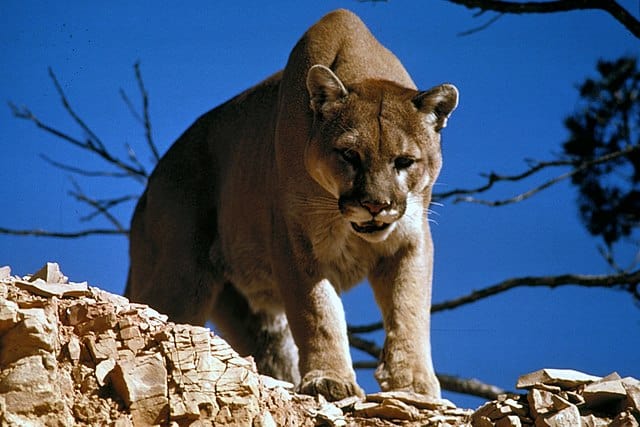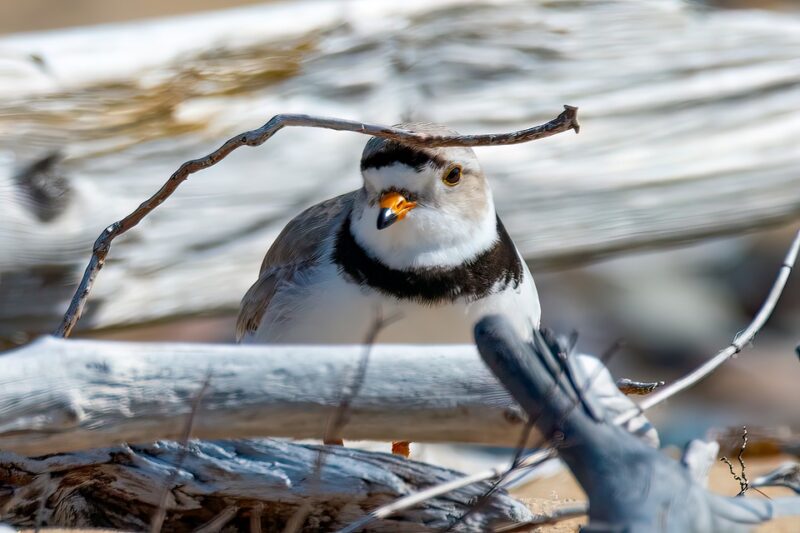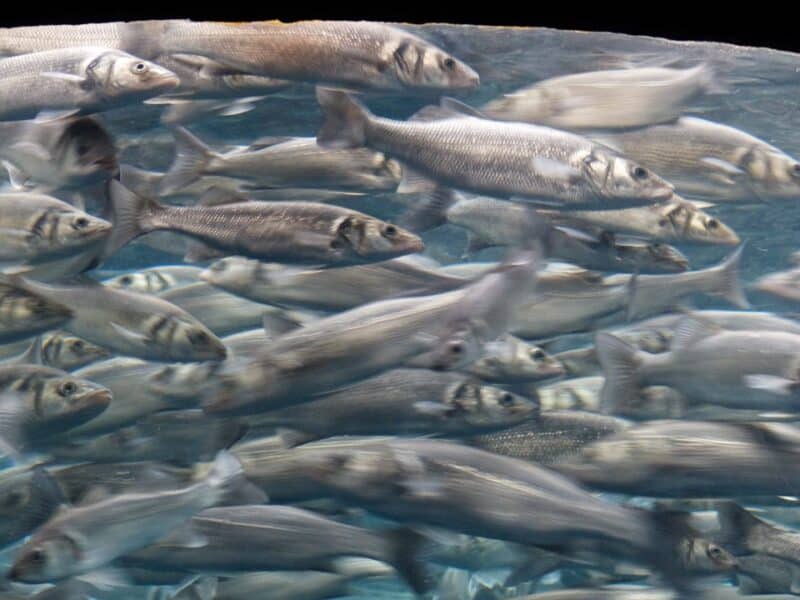Within the natural haven of New Hampshire, a diverse array of animals and wildlife call this state home. New Hampshire’s reputation for stunning landscapes, encompassing lush forests covering 85% of the state, is well-deserved.
Over 500 native animal species reside in the state, representing a tapestry of habitats that range from shorelines to woodlands. Here, you’ll encounter a rich tapestry of creatures, from the majestic marine mammals to the elusive northeastern woodland animals.
Venture into the forests and mountain regions, and you might encounter bobcats, coyotes, red foxes, gray foxes, and wolves, each playing their part in this thriving ecosystem. As the sun sets, the night awakens with active predators like rabbits, mice, and the elegant white-tailed deer. New Hampshire’s natural beauty truly serves as a haven for an impressive variety of wildlife.
Some of the exciting animals in New Hampshire are:
Moose

\o the deer family and are the largest deer species in the world. They reach a size of 2.3 m (shoulder height). Moose live in colder regions of northern Europe, northern Asia, and North America. They are solitary animals, active both during the day and at night. The males wear conspicuous antlers that can have a span of up to 2 meters.
When animals are this big, it’s easy to believe they hardly have any enemies. After all, they can also kick quite hard with their hooves, and that’s why a wolf pack or a bear hardly stands a chance against a full-grown bull moose. Of course, this looks quite different with young, old, or sick animals because they can’t defend themselves well.
Where can one find Moose in New Hampshire?
Forests and close to mountains and lakes.
Mountain Lions

Mountain Lions themselves have hardly any enemies to fear except humans. Only wolves and bears can occasionally prey on young or sick Mountain Lions.
Although a protected species, the cougar is hunted by some farmers who fear for their livestock. The species as a whole is considered “slightly endangered,” according to the IUCN. The total population is estimated at less than 50,000 adults.
Where can one find Mountain Lion in New Hampshire?
Mostly in deep forests. However, there is an ongoing debate about the existence of Mountain Lions in New Hampshire.
Yellow-footed Plover

Another one from the list Animals in New Hampshire: The Yellow-footed Plover is a sand-colored shorebird. The adult bird has yellow-orange feet, a black stripe on the front of the head between the eyes, and a black ring around the neck.
As with most plovers, feeding occurs in a rhythm of dashing, stopping abruptly, and pecking. When it stands still, it isn’t easy to recognize it since its plumage is hardly different in color from its habitat.
Where can one find Piping plover in New Hampshire?
One can find piping plovers in New Hampshire in various habitats like small islands, shoals, sandbars, sand spits, and tidal flats.
Alewife

The allis shad is an anadromous migratory fish that rises from the sea into the large rivers during the spawning season. In the sea, it occurs up to a depth of 300 meters. Spawning grounds in the Rhine and its tributaries probably existed in the past from the High Rhine to the Delta.
Allis shad require stony-gravelly spawning substrates in shallow places with stronger currents of about 1.0-1.5 m/sec. Juveniles up to age 2 reside in or near river mouths. Little is known about the habitats in which juvenile allis shad grow up to sexual maturity.
Where can one find Alewife in New Hampshire?
It can be easily found in rivers and streams of New Hampshire.
Roseate tern

The Roseate Tern resembles the Common Tern in both size and shape. Also, the resting, breeding, and plumage of the young birds resemble this related species. In the Roseate Tern, however, the bill is somewhat slimmer; it is black and red only at the root of the nose.
The outermost tail feathers are strikingly long and extend far beyond the wing tips when sitting. In breeding plumage, Roseate Terns often show a pinkish to reddish cast on the underside of the body—a beautiful part of Animals in New Hampshire.
Where can one find Roseate tern in New Hampshire?
It lives on coastal islands, rocks, barrier beaches, and salt marsh islands.
Upland sandpiper

The breeding range of the prairie runner extends from northwestern Alaska, the Yukon, and British Columbia south to Oregon and from there across the Great Plains and Great Lakes to western Virginia and Maryland.
Wintering grounds are found in South America and extend from southern Brazil to southern Argentina and Chile. Migration from breeding areas begins in August/September. The first wintering birds arrive in the South American pampas in late September. Stragglers are observed in North America until November. Migration home begins in early March. As a rule, prairie runners reach their breeding grounds again in April or, in the north of the range, in May.
Where can one find Upland sandpiper in New Hampshire?
They live in grasslands, pastures, agricultural fields, and road edges.
American kestrel

The American kestrel is a small, non-endangered falcon often kept in private hands because of its comparatively low spatial requirements. It is found in European zoos with moderate frequency as a representative of the Falconidae.
Where can one find American Kestrel in New Hampshire?
American Kestrel lives in meadows, deserts, fields, suburbs, cities, and grasslands.
Summary of Animals in New Hampshire
Wild mammals are found easily in New Hampshire, commonly found hares, northern and southern bog lemmings, smoky shrews, and American martens. Skunks, opossums, and raccoons are some familiar wild creatures that can also be seen in New Hampshire.
Different varieties of bats are also found in New Hampshire.
Did you enjoy reading about animals in New Hampshire? Please take a look at our North American feature wildlife blogs. Also have a look at The Most Beautiful Lakes In The United States or Wildlife In Wyoming.
Join our Forum for free today!

- These are The 5 Largest Great White Sharks Ever Recorded - July 19, 2024
- The Surprising Benefits of Big Game Hunting - July 18, 2024
- $100k+ Hunting Experiences The Most Expensive Animals to Pursue - July 17, 2024


